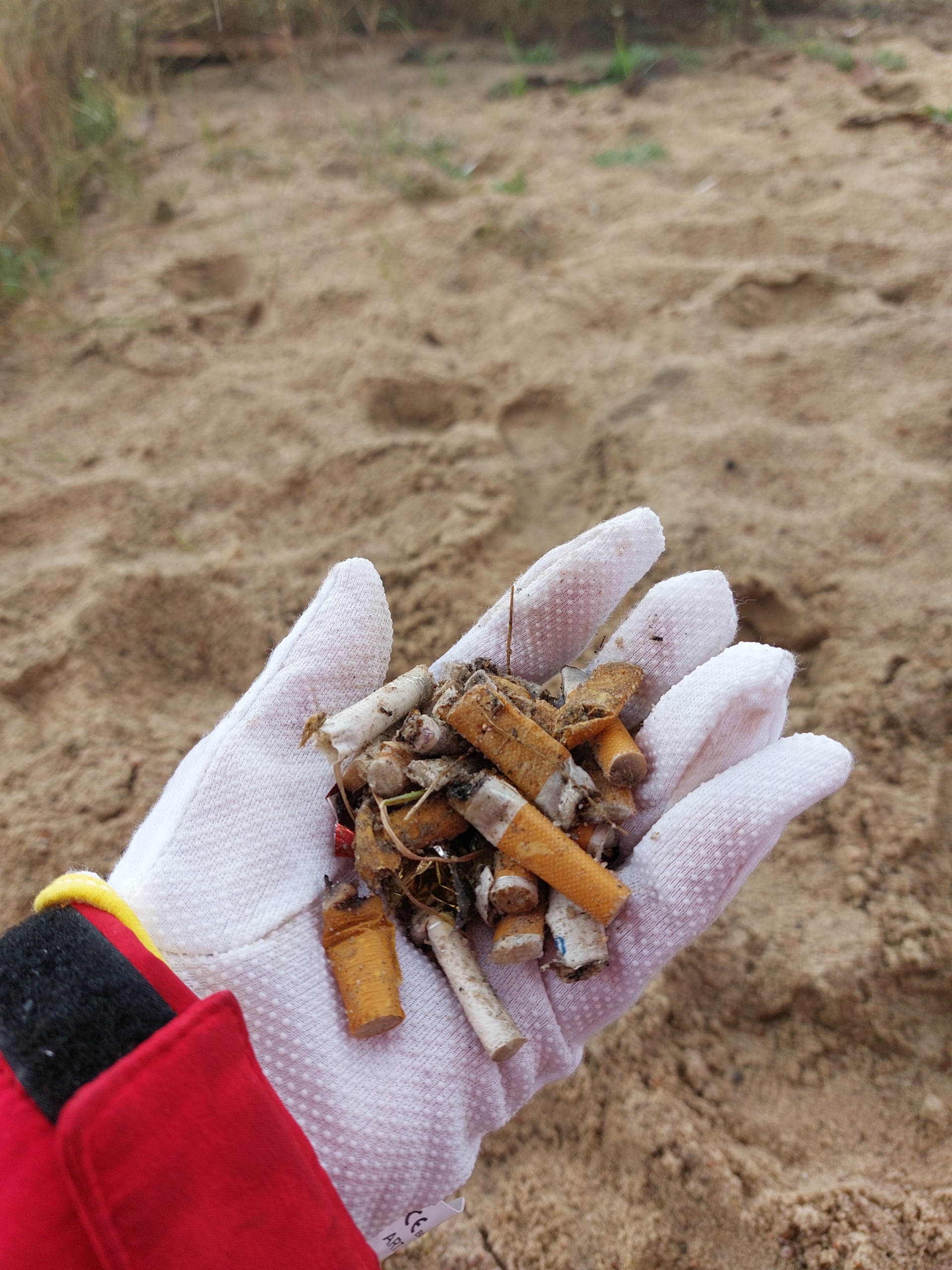Nearly 11 000 cigarette butts collected from smoke boxes in Põhja-Tallinn
In August this year, 20 special litter bins were installed on the shores of the northern part of Tallinn to prevent cigarette butts from entering the sea. The pilot project lasted for two months, during which time around 11 000 cigarette butts were collected from the bins, which will later be given a new life as 3D printing material.
According to Deputy Mayor Joosep Vimm, this kind of collaborative piloting is a good example of rapid experimentation in urban space, which should be done more. “In the Year of the Green Capital, we will certainly see a number of similar experiments and environmentally sustainable projects, because green innovation can only happen through collaboration,” said Vimm.
Over a period of two months, five cigarette bins were installed at the Katariina quay and the fishermen’s slip at Pikakari beach, four boxes at Stroomi beach park, three boxes along the new promenade at Kalaranna, two boxes at the Linnahalli quay, two boxes at the Seaplane Harbour, two boxes at the Kopli beach car park and the viewing platform near Meeruse harbor, and two boxes along the promenade of the Kopli lines.
When the boxes were emptied, it was possible to see how some boxes worked better than others, depending on their location. Nearly 3,000 cigarette butts were collected from Pikakari beach, nearly 1,800 from the bins at the Seaplane Harbour, over 1,700 from the bins at Stroomi beach, over 1,700 from the bins at Kalaranna, over 1,200 from the bins at the Linnahalli quay, nearly 1,100 from the bins at Kopli beach and nearly 600 from the bins at the Kopli lines. The cigarette bin at the viewing platform near Meerus harbour did not yield any results as the bottom of the bin was stolen.
According to Ines-Issa Villido, Managing Director of Filaret OÜ, the pilot project highlighted important nuances to consider for the future. “In order to receive more cigarette butts, the boxes should be placed much closer together than the 20 bins allowed in the pilot project. Nonetheless, 11,000 cigarette butts is a huge quantity. It is the equivalent of one person smoking 1.5 packs, or 30 cigarettes a day, for a whole year, or 366 cigarettes a day for a month,” explained Villido. “We hope to reprocess some of the containers before the end of this year, but we will probably do a major reprocessing in spring next year. From the cigarette butts, we can produce plastic pellets by injection molding to make plastic parts, as well as 3D printing to make material yarn.”
Cigarette butts are one of the most widespread species of marine litter in the Baltic Sea. In addition to plastic, most of the waste found in the Baltic Sea and in coastal areas consists of cigarette butts and cigarette filters, which are toxic and non-biodegradable. A single incense cone can poison up to 1,000 liters of water, and toxins released from the cone into the water can persist for up to 10 years, becoming lethal to aquatic life.
The project was carried out by the Circular Economy Department of Tallinn Strategy Centre in cooperation with the Government of Põhja-Tallinn and Filaret OÜ. Filaret OÜ is a company that follows the principles of the circular economy and offers a unique collection service for cigarette butts. The company helps to remove machine waste from streets and natural areas, which is then recycled into environmentally friendly compostable 3D printing material. Filaret also works with the Port of Tallinn and Tallinn Airport.

